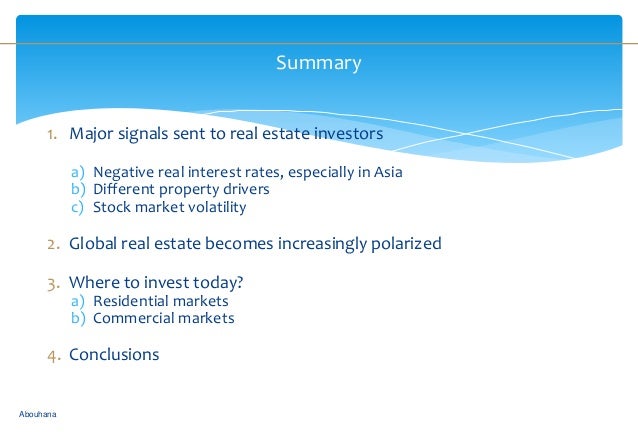
Multi-cloud and hybrid cloud are both common architectures for cloud deployment, but each has its own unique definition and they are certainly not the same thing.Ī multi-cloud architecture is one that includes two or more clouds of the same type. Multi-Cloud vs Hybrid Cloud – What’s the Difference?

Cross-service consumption, cross-region replication, snapshots, and backups, are all services cloud providers currently offer to help combat data availability problems. Individual cloud providers have already solved many of these data availability problems within the context of their own clouds or services.

One of these challenges, data availability, is the process of maintaining access to your data at your required level of performance in situations ranging from normal everyday operations to disaster recovery operations. In addition to the advantages, multi-cloud adoption can present an entirely new set of challenges.

The capability to distribute workloads selectively between various computing infrastructures with a multi-cloud approach provides competitive advantages for these organizations, including cost savings, reduced barriers to innovation, stronger disaster mitigation and business continuity planning, and increased efficiency.ĭata Availability Challenges in Multi-Cloud Environments Organizations that adopt a multi-cloud architecture may leverage multiple public clouds in combination with private cloud deployments and traditional on-premise infrastructure. This may mean that a company uses Google Cloud for development/test, while using AWS for disaster recovery, and Microsoft Azure to process business analytics data. Organizations choose the best services from each cloud provider based on costs, technical requirements, geographic availability, and other factors. There is no single multi-cloud vendor.Ī multi-cloud approach typically consists of a mix of major public cloud providers, namely Amazon Web Services (AWS), Google Cloud Platform (GCP), Microsoft (Azure), and IBM. Multi-cloud is the utilization of two or more public cloud providers to serve an organization’s IT services and infrastructure. Best Practices to Take into Consideration Before Implementing a Multi-Cloud Strategy 7 Reasons Why Organizations Choose a Multi-Cloud Strategy Three Challenges Organizations Face with Multi-Cloud Storage Data Availability Challenges in Multi-Cloud Environments In this guide, we will be discussing (click on link to jump to section):


 0 kommentar(er)
0 kommentar(er)
